If your Windows laptop or PC restarts after Sleep or restarts when you put it into sleep mode, the solutions provided in this article will help you resolve the problem. Because your computer restarts or shuts down whenever you try to put it to sleep, you will lose your unsaved work.

Why does my PC keep restarting in sleep mode?
There can be many causes of this issue. Some of the most common causes include a corrupted graphics card driver that crashes, incorrect power plan settings, outdated BIOS or a third-party background application that creates a problem.
Windows 11 PC restarts after Sleep
The following fixes will help you resolve the problem if your Windows 11/10 computer restarts after Sleep or whenever you try to put it to Sleep.
- Perform a Hard Reset
- Disable Hybrid Sleep (if applicable)
- Update or reinstall your graphics card driver
- Disable overclocking (if applicable)
- Check the issue in the Clean Boot state
- Check the status of the drivers in the Device Manager
- Update BIOS
- Reset your PC
Windows reboots in Sleep mode
1] Perform a Hard Reset
Both laptop and desktop users can perform this step. Perform a hard reset to drain out the residual charge or static electricity. The following steps will guide you on this:
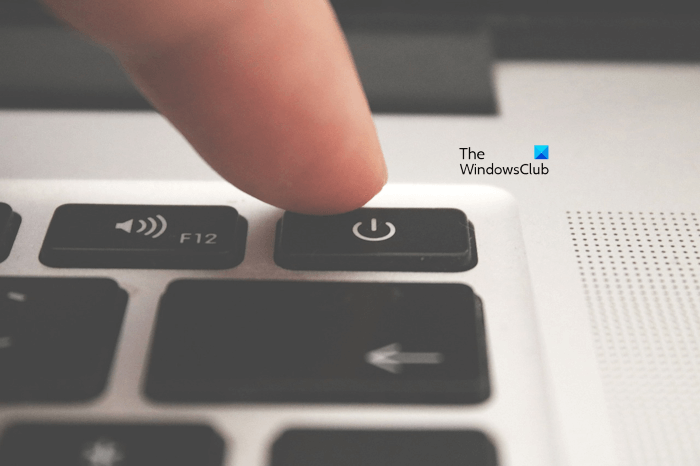
- Turn off your laptop or desktop.
- Disconnect the charger. If you are a desktop user, disconnect the power cable.
- Remove its battery (for laptops). Skip this step if your laptop has a non-removable battery.
- Remove all the peripherals connected to your computer.
- Press and hold the power button for up to 30 seconds.
- Now, reinsert the battery and connect the charger.
- Turn on the charger and turn on your system.
Check if the issue persists.
2] Disable Hybrid Sleep (if applicable)
Check if Hybrid Sleep is activated on your computer. If yes, disable it. The following steps will help you with that:
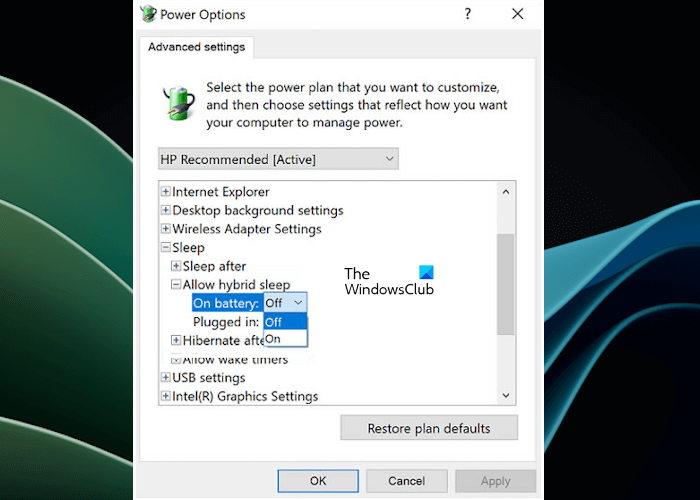
- Open the Control Panel.
- Go to “Hardware and Sound > Power Options.”
- Click on the Change plan settings link for your power plan.
- Now, click Change advanced power settings.
- Expand Sleep and then expand Allow hybrid sleep (if available).
- Turn off Hybrid sleep.
- Click Apply and then click OK to save changes.
- Restart your system and check if the issue is fixed.
3] Update or reinstall your graphics card driver
Based on our experience, an outdated or corrupted graphics card driver can also cause such types of problems sometimes. We suggest you update your graphics card driver. You can use any one of the following methods to update your graphics card driver to the latest version:
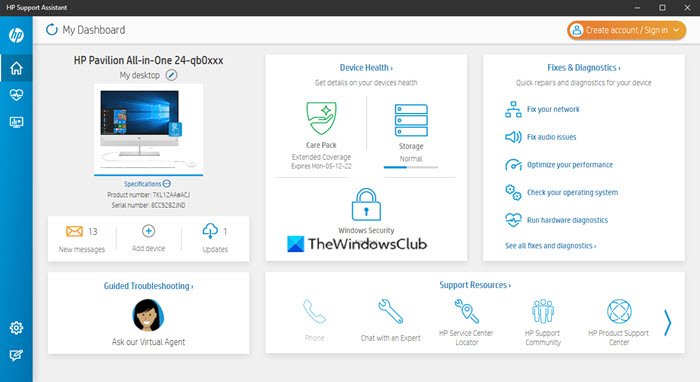
- Update it from the manufacturer’s website.
- Use a third-party driver updater software.
- Use the dedicated software developed by your computer manufacturer, like HP Support Assistant, Dell SupportAssist, MyASUS app, etc.
If updating the GPU driver does not fix this issue, reinstalling it can help. First, download the most recent version of your graphics card driver from the official manufacturer’s website. Now, use the DDU tool to completely remove your graphics card driver. After doing that, run the installer file of your GPU driver to install it.
Read: Windows computer Shuts down instead of Sleep.
4] Disable overclocking (if applicable)
Overclocking can increase the performance of your system. Usually overclocking is performed by gamers. Sometimes, it can cause problems on a Windows computer. If you have overclocked your CPU or GPU, we suggest you revert the changes and then see if it helps.
5] Check the issue in the Clean Boot state
Clean Boot is a state where all the third-party applications and third-party services remain disabled. Start your computer in a Clean Boot state, then put it in sleep mode. See what happens. If your computer restarts after putting it to sleep, restart it in normal mode and skip this fix. But if the problem disappears in the Clean Boot state, a third-party application or service is responsible for this problem.
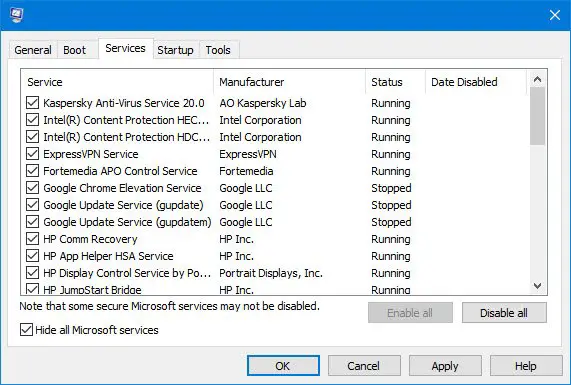
To find out the problematic third-party applications, you have to manually enable some of the third-party applications and restart your computer. Check if the issue reappears. If yes, one of these applications is the culprit. Similarly, you can find out the problematic third-party service.
6] Check the status of the drivers in the Device Manager

Driver issues can also cause such types of problems. We suggest you open the Device Manager and check the status of all the drivers by expanding all the branches.
Uninstall all the drivers that show a warning sign. After doing this, restart your computer or perform a scan for hardware changes.
Read: How to find, download, and install Drivers for Unknown Devices or Hardware
7] Update BIOS
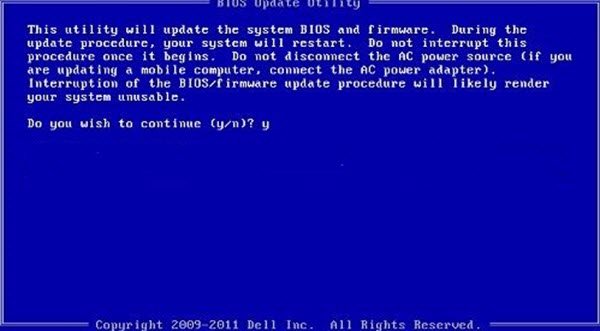
Outdated BIOS can also cause this problem. We suggest you update BIOS (if an update is available). You can also try resetting your BIOS to default.
8] Reset your PC
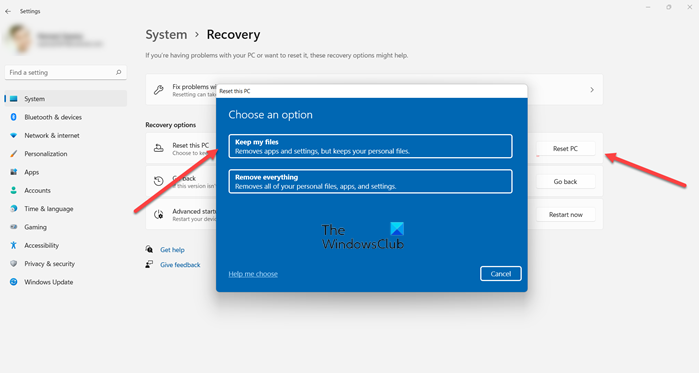
If the problem persists, you can reset your PC to the factory default settings. While performing this action, select the “Keep my files” option. This will reset your PC without deleting your data.
I hope this helps.
Also read: Windows PC restarts after selecting Shutdown
How do I stop my computer from restarting every night?
If your computer is restarting automatically at a fixed time every night, there might be a task scheduled for this in the Task Scheduler. Check this and delete the task.
A Windows computer can face several other Sleep-related issues. Maybe some of these posts will help you someday.
Leave a Reply